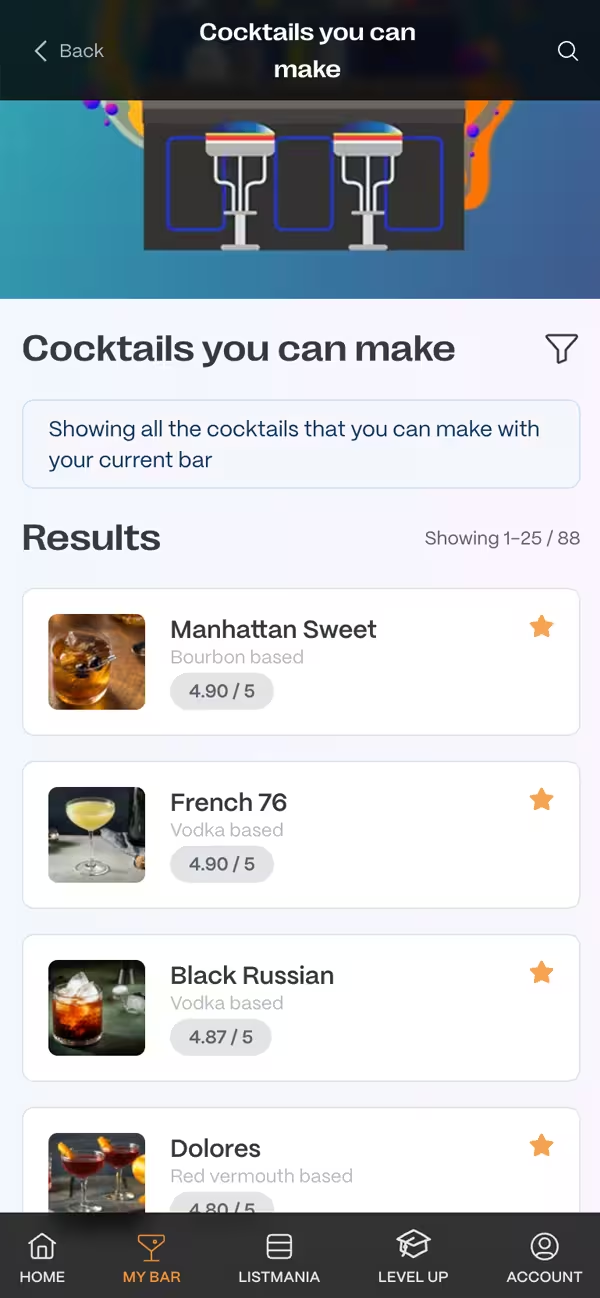The History of Whiskey
Jump to
At Christmas time, the Irish coffees flow freely in my household. My husband is very generous with his serve of alcohol, to the point where the steaming hot beverage is almost lukewarm! The last time we enjoyed an Irish coffee, we had quite an in-depth conversation about the origins of the bottle of Jim Beam that was rapidly being devoured, and this led to an discussion about how whiskey came to be created.
Irish glass
Microbadges
<p>Irish Coffee is a warming, indulgent beverage that combines the rich bitterness of coffee with the sweetness of sugar and the smooth robustness of whiskey, capped with a luxurious layer of cream. This classic drink hails from Ireland and is traditionally served in an Irish glass, which helps to maintain its temperature and presents the beverage attractively.</p><p>It offers a harmonious blend of flavors that stimulate the palate, with the whiskey imparting depth and warmth, complemented by the velvety texture of cream that perfectly balances the drink’s profile. The simplicity of its ingredients and preparation makes Irish Coffee a beloved choice for coffee and whiskey enthusiasts alike, appreciated for its comforting qualities and the gentle buzz it provides, making it an ideal choice for cold evenings or leisurely after-dinner conversations.</p>
Ingredients
Method
How to make a Irish Coffee
-
- Heat the coffee, whisky and sugar together in a saucepan, but do not boil
-
- Pour into an Irish coffee glass and float the cream on top before serving
What is Whiskey?
A delightful combination of various different grains, including barley, wheat,
corn and rye, the actual make-up of the spirit depends on which country it
comes from. Distilled in many places around the world, the tipple is most
popular in India. If you are hoping to get a glug of Indian whiskey, you will
have to visit the country itself, since very little is exported.
Where Did the Spirit Come From?
Like many spirits, whiskey was originally created for medicinal use by monks. It was first brought to the British Isles in the early 1000s by the Christian missionaries who continued to produce it exclusively until the late 15th century. The monks used whatever grains they could get their hands on to create the distilled liquid, unable to get hold of the wine they had used in previous countries. The first variations of whiskey were made from barley beer in Ireland and Scotland.
To make whiskey, the selected grains are combined with yeast and water to allow for the
fermentation process to take place. The fermentation changes the sugars in the
mixture to alcohol. It is then distilled by pouring the drink through a still,
which makes the liquid clear and highly concentrated.
The next part of the whiskey process takes the longest. It is left to age in a barrel
for a certain number of years. This is essential to give whiskey its dark
colour and woody flavour, while allowing the alcohol volume to mellow. Once
barrelling is completed, the whiskey may be combined with another barrel or
diluted before it is ready to serve.
Pardon the interruption
Did you know that you can become a member for free, taking your cocktail making skills up to level 11. You can save your My Bar ingredients, make tasting notes, have personalised Tried and Want to try lists and more.
This is why many whiskeys taste slightly different, and why you can adore one brand of the
spitir but not be so keen on another. Generally, the longer the whiskey has
been barrelled, the more expensive it is.
Different Types of Whiskey
The most popular whiskeys tend to come from Ireland (Irish whisky) and Scotland (scotch whiskey), but you will also often find Bourbon, Tennessee, Canadian and Japanese whiskies. English whiskey is also starting to gain in popularity, with the largest supplier being the London Distillery.
Another important point to notice, is that there are two spellings for the spirit.
These often help to distinguish where the drink has been made. In Scotland and
Canada, you will only find whiskey, while Ireland and America prefer whisky.
Filed with tags
Related posts
History of the Cuba Libre Cocktail
A drink that celebrated the end of war and oppression in Cuba, the Cuba Libre is light, delicious, and timeless. In an era where gin is king and vodka rules, the traditional rum, cola, and lime has ne... read more
The Pisco Sour: A History
The Pisco Sour is a wonderful cocktail hailing from South America, specifically Peru and Chile. The drink was first mixed in Lima, the capital of Peru, in the early 1920s by an American bartender name... read more
The History of Christmas Cocktails
With Christmas on its merry way, we are taking this opportunity to celebrate three of the most popular tipples at the time of year. Whichever one you prefer, it is always interesting to know the histo... read more
Subscribe to our Newsletter
Get tips straight into your inbox.
Upgrade your mixology
Become a member for free taking your cocktail making skills up to level 11. Or become a premium member to rise to cocktail greatness.
- Save your bar forever
- Access to our Cocktail Creator, allowing you to create your own wonderful concoctions.
- Create personalised cocktail menus for all your events, bars or parties
- Save cocktails to personalised 'Tried' and 'Want to try' lists
- Create and record tasting notes on cocktails
- Create lists of cocktails to share with friends and family
- A personalised MyBar URL, allowing you to share everything you can make with friends
- And much more ... (what to buy next, measurement choices, search personalisation...)
Have you tried our Wordpress Plugin?
Download our plugin and embed cocktail recipes directly onto your own site or blog.
Choose from our whole recipe database, or choose a specific cocktail made with a certain ingredient, and let us place a beautiful recipe on your own site.
Find out more



